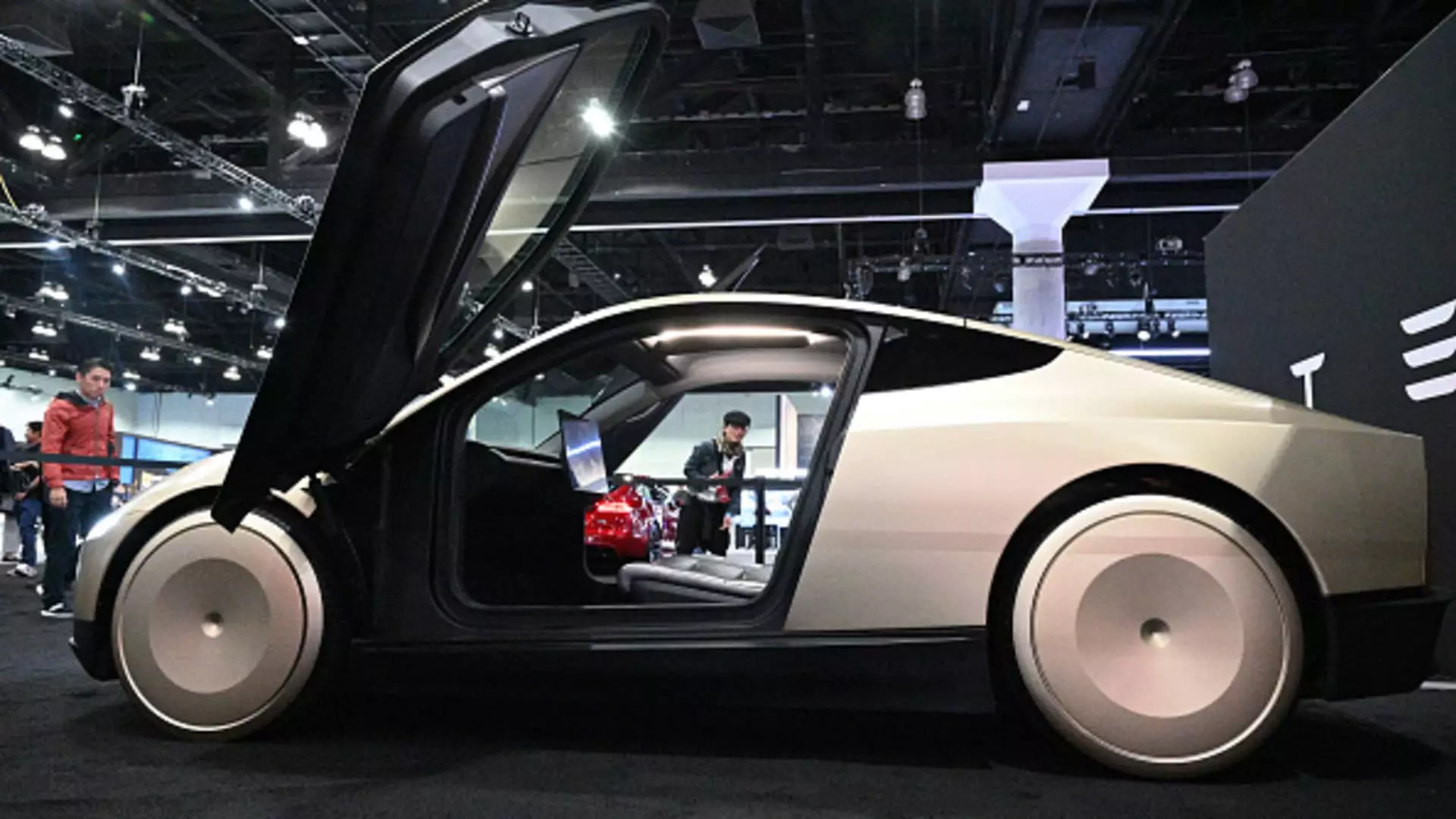As California embarks on a new chapter in regulating self-driving vehicles, the announcement of forthcoming rules by the state’s Department of Motor Vehicles (DMV) seems to promise a robust framework for the future of the automotive landscape. However, beneath this narrative of innovation lies a complex web of challenges, ethical considerations, and potential pitfalls that make one question whether the haste towards automation truly serves the greater public interest. By seeking public comment and establishing a pathway for both light-duty and heavy-duty autonomous vehicles, California’s DMV is shaping a future where human drivers may become increasingly obsolete. This is both exciting and concerning.
The proposed regulations indeed boast comprehensive measures aimed at bolstering public safety—an admirable goal. Still, the competing interests of innovation and safety often clash. Just how will the state ensure that its enthusiasm for technological advancement does not ultimately compromise essential human values? The idea that vehicles can navigate our roadways without human oversight is thrilling, but it also raises red flags about accountability and the ethical ramifications of entrusting our transportation systems to algorithms.
Permits, Testing, and Transparency
At the core of these new regulations is a complicated permit process that requires autonomous vehicle (AV) manufacturers to jump through a series of hoops to test and finally deploy their vehicles. While on the surface, this adds a layer of accountability, it raises questions about the amount of flexibility we’re sacrificing in the name of compliance. The need for multiple permits—from testing with a human safety driver to unsupervised trials—implies a rigorous testing process that aims to protect consumers. However, each added layer of bureaucracy could unintentionally stifle innovation and make it difficult for smaller companies to compete with well-established giants like Waymo and Tesla, which already have significant market advantages.
Moreover, the requirement for thorough data reporting from all AV manufacturers isn’t merely about transparency; it demands a level of granularity that can expose vulnerabilities in the technology itself. While this could lead to beneficial adjustments, it can also be perceived as a precautionary approach that may inhibit rapid development. As the boundless possibilities of AI and machine learning beckon us into uncharted territory, we must ask: Are we inadvertently building a system that is too rigid, hampering rather than enhancing innovation?
The Dark Cloud of Tesla’s Troubles
Tesla’s uphill battle in California, marked by ongoing litigation related to its Autopilot and Full Self-Driving systems, serves as a reminder of how quickly public sentiment can turn against an industry leader. Despite the hiccups, the market still holds faith in Tesla, considering the recent bounce-back of their shares. However, the company’s past marketing practices are carving out a cavity of skepticism regarding the safety of their vehicles. This begs the question: if a company with such a vast engineering prowess struggles to secure the necessary permits, what assurances do we have that other companies will navigate this regulatory landscape more effectively?
Compounding this skepticism is the broader discussion around the ethics of marketing these vehicle capabilities. The law has oftentimes lagged behind technological advancements, desperately attempting to catch up and create adequate frameworks for accountability and responsibility. As companies like Waymo and Zoox lead the charge with higher levels of permits, many must wonder if California is effectively picking favorites while leaving others in the dust. Does this not reinforce existing corporate hierarchies rather than promote an equitable playing field for innovation?
Cautious Optimism in a Complex Landscape
While California’s proposed regulations illustrate a cautious optimism towards the future of autonomous vehicles, they also illuminate the tangled reality that exists at the intersection of technology, safety, and ethics. With the rise of self-driving capabilities, we must not become so enamored by the allure of convenience that we forfeit our commitment to societal values. Comprehensive regulations are necessary, but they should never come at the cost of creativity and ingenuity, which ultimately drive us forward.
In a state synonymous with technological breakthroughs, it’s crucial to remain vigilant and ensure that regulation promotes progress and innovation, rather than restrict it. As we stand on the cusp of potential and possibility, we must remind ourselves that the journey towards an automated future should not leave ethical considerations and public safety by the wayside. After all, navigating this winding road ahead requires a balanced approach that elevates both the complexity of human experience and the transformative promise of technology.


Leave a Reply